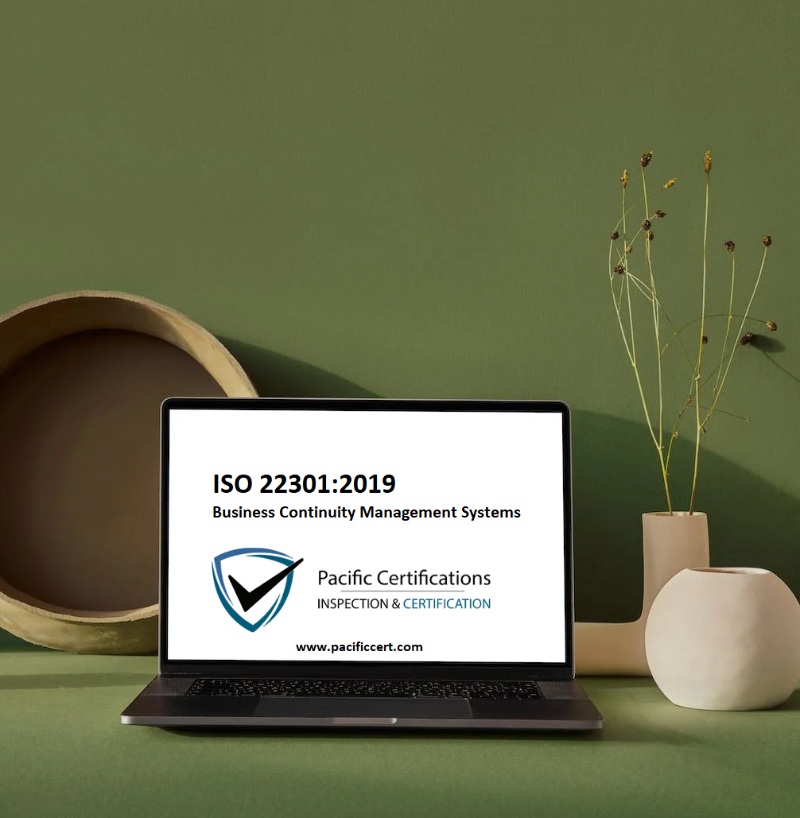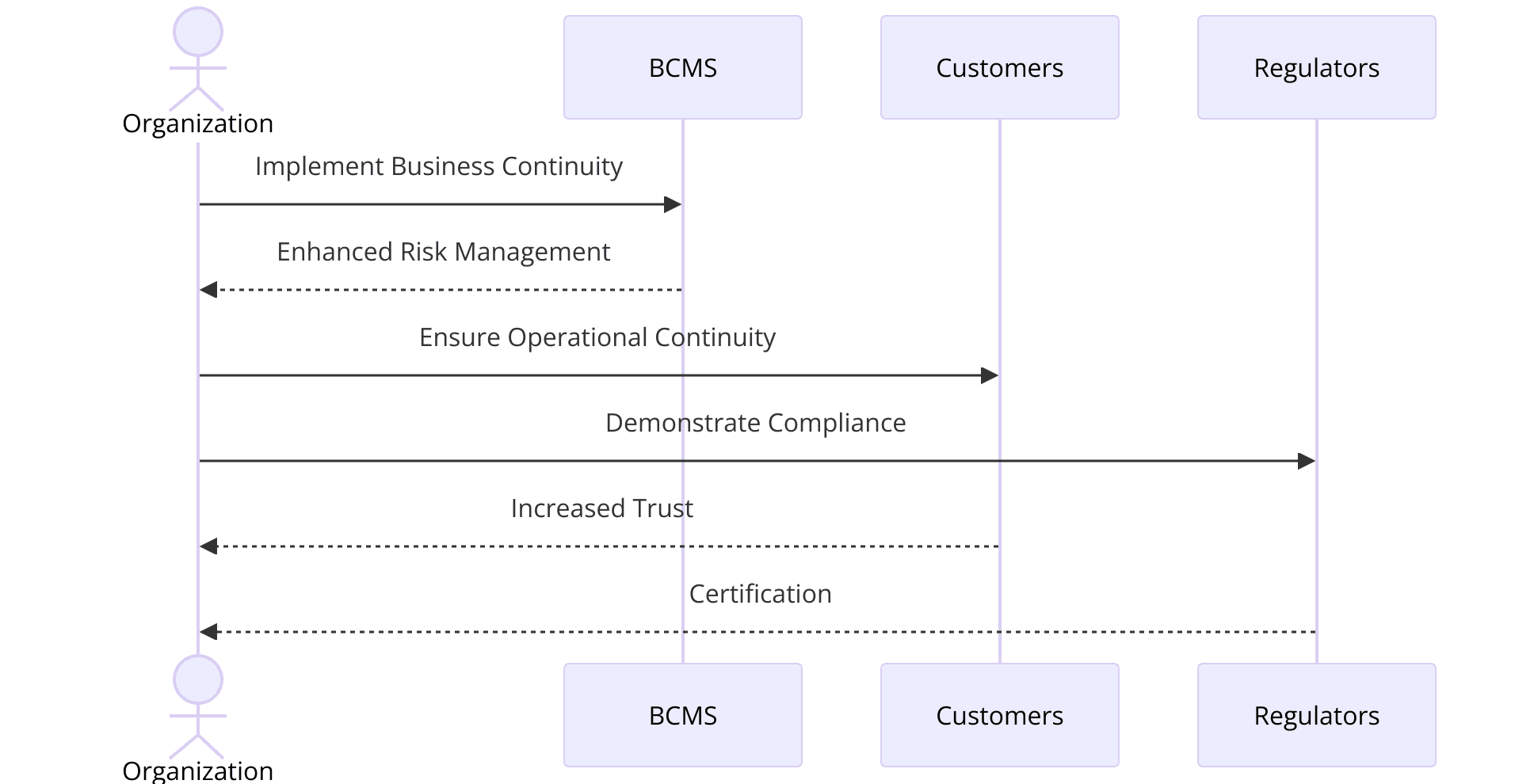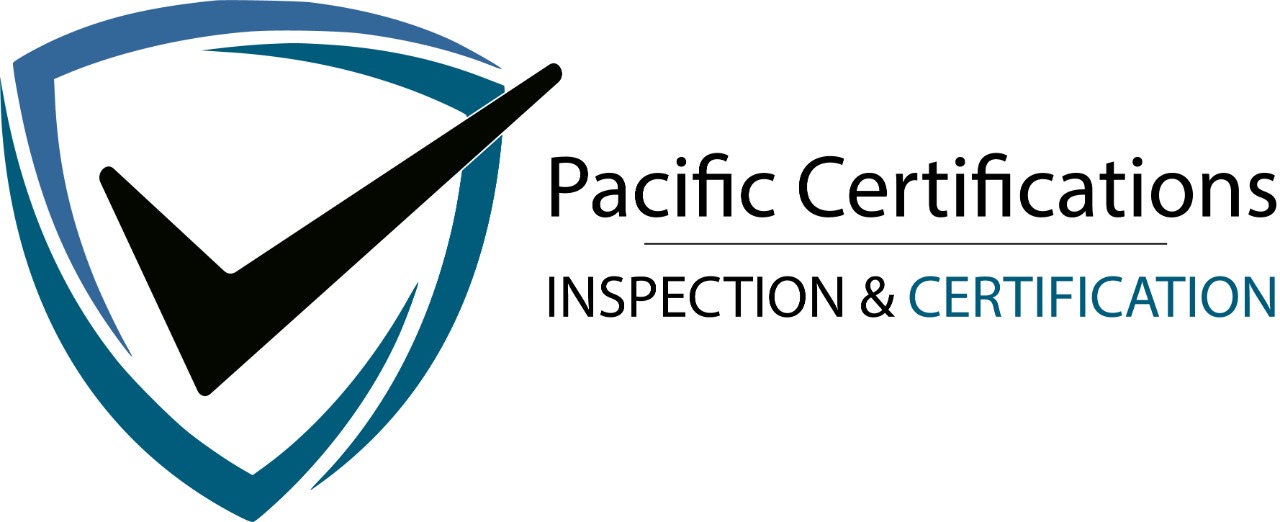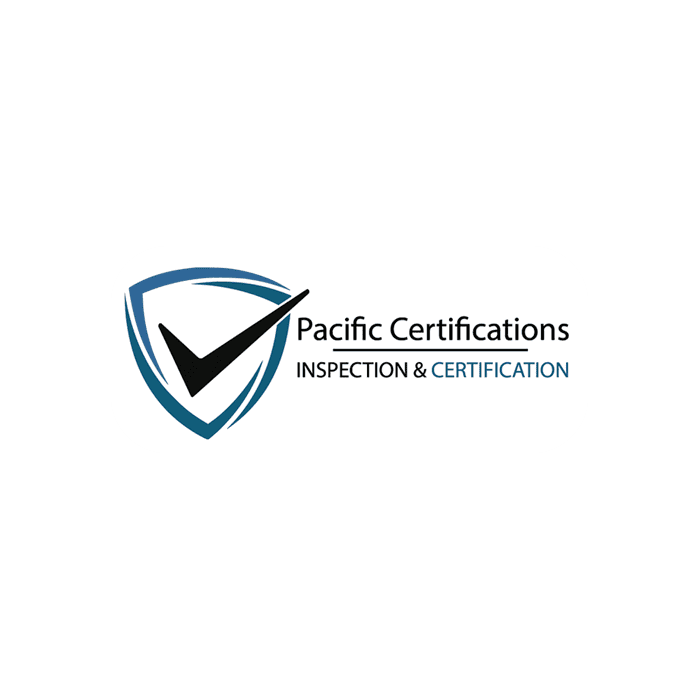ISO 22301:2019-Business Continuity Management Systems-BCMS-Audit and Certification Process

ISO 22301:2019-Business Continuity Management Systems
ISO 22301:2019 is the global standard for Business Continuity Management Systems (BCMS). It provides organizations with a structured framework to anticipate, prepare for, respond to, and recover from disruptive incidents, such as cyber-attacks, natural disasters, or supply chain failures. The 2019 revision aligns with the High Level Structure (HLS) used in ISO management system standards (e.g. ISO 9001, ISO 14001), making integration easier across systems.
“A disaster can strike an organization at any time. You need to have a process in place that ensures operations are able to mitigate the impact and return to ‘business as usual’ as quickly as possible.”
For certification-related inquiries, contact: [email protected]
Key Components of a Business Continuity Management System (BCMS)
ISO 22301:2019 BCMS is based on identifying and mitigating risks, ensuring uninterrupted services during disruptions. Its framework requires organizations to:
- Identify critical activities essential to operations
- Assess potential threats and vulnerabilities
- Develop contingency plans to restore operations swiftly
- Implement a business impact analysis (BIA)
- Ensure regular testing and updating of business continuity plans
- Establish roles and responsibilities across all levels
Structure of ISO 22301:2019
Clause | Title | Focus Area |
|---|---|---|
4 | Context of the Organization | Internal & external issues, stakeholder needs |
5 | Leadership | Roles, responsibilities, policy, governance |
6 | Planning | Risk assessment, business impact analysis |
7 | Support | Resources, competence, awareness, communication |
8 | Operation | Continuity strategies, procedures, incident response |
9 | Performance Evaluation | Monitoring, internal audit, management review |
10 | Improvement | Nonconformities, corrective actions, continual improvement |
What are the requirements of ISO 22301:2019 certification?
ISO 22301 requires organizations to establish a documented, auditable BCMS with clear scope, leadership, risk planning, operational controls, and continual improvement.

- Define scope, organizational context, and stakeholder requirements.
Establish leadership commitment, policy, and governance roles.
Conduct risk assessment and business impact analysis (BIA).
Set measurable continuity objectives and integrate into planning.
Provide resources, competence, training, and communication channels.
Maintain documented information, plans, and controlled records.
Develop continuity strategies, incident response, and recovery plans.
Conduct exercises, drills, and scenario-based testing.
Monitor KPIs, perform internal audits, and conduct management reviews.
Implement corrective actions and continual improvement processes.
Tip: For significant disruptions or test failures, use a structured after-action review (AAR) format: what was expected, what happened, what went well, what didn’t, and what’s next. Keep a repository of lessons learned for trend analysis.
Reach out to us at [email protected] for more details on our audit and certification services.
Certification & Audit Process
Here’s how the ISO 22301 certification journey unfolds:
Initial Inquiry & Scope Definition — Define boundaries (departments, sites, exclusions) and submit to the certifier.
Stage 1 Audit (Documentation Review) — Auditor reviews policy, risk/BIA, documented plans.
Stage 2 Audit (Implementation & Effectiveness Review) — On-site checking of operations, drills, evidence.
Decision & Certification — If compliant, issued certificate (usually valid 3 years).
Surveillance Audits (Annually) — Less intensive audits verifying continued conformity.
- Recertification Audit (3-year cycle) — Full audit to renew certificate.
What are the benefits of ISO 22301:2019 Certification?
Certified BCMS capability delivers strategic, operational, and commercial advantages that compound over time as continuity strategies mature and evidence of performance accumulates. A certified BCMS ensures:

Demonstrated resilience and assured continuity of critical services during disruptive events, protecting revenue, contracts, and public commitments while sustaining customer experience.
Reduced recovery time and data loss through defined RTO/RPO targets and rehearsed playbooks, translating into shorter outages, lower incident costs, and faster service restoration.
Increased regulatory and customer confidence via audited preparedness, aligning with sector mandates and supplier assurance programs that influence purchasing and oversight decisions.
Strengthened reputation and stakeholder trust by signaling disciplined risk management and crisis governance, improving perceptions among customers, investors, partners, and insurers.
Competitive advantage in bids and partnerships where continuity capability is a prerequisite, differentiating offerings with objective third-party certification recognized across markets.
Efficiency gains from Annex SL alignment with ISO 9001, ISO 27001, and related systems, reducing duplicate controls, audit time, and management overhead in integrated programs.
Greater supply-chain resilience by cascading continuity expectations to vendors and critical third parties, improving upstream visibility, cooperation, and coordinated incident response.
Data-driven decision-making through KPIs, test analytics, and post-incident reviews, enabling targeted investments, progressive optimization, and a clear narrative of performance to stakeholders.
Certification through Pacific Certifications ensures that your organization’s BCMS meets global standards, helping you unlock these benefits, to begin your certification journey!
Market Trends & Adoption
Adoption levels & industry trends: A study of Brazilian industries using the ISO 22301 framework found that many small and medium enterprises lag in adoption, particularly in systematic risk analysis and audit practices.
In the 2020 Horizon Scan Report, 71% of organizations reported they either hold ISO 22301 certification or use it as a framework for their BCMS.
The increasing frequency of supply chain disruptions, extreme weather events, and cyber-attacks in the last 5–10 years is pushing more organizations to embed continuity frameworks.
Forecasts: The global business continuity management (BCM) market is projected to expand as organizations invest in resilience; many consulting firms expect double-digit growth annually (7–12%) in BCM services and certification demand through 2030.
Sector differences: Highly regulated sectors (finance, energy, health, critical infrastructure) are more advanced in BCMS adoption, while others (SMEs, local service sectors) are still catching up.
Implementing ISO 22301:2019 – Steps to Follow
While implementation is the organization’s responsibility, below is a suggested roadmap to help prepare for ISO 22301 certification:
Understand the Standard:
- Review ISO 22301:2019 requirements and assess your organization’s current readiness.
Develop a Project Plan:
- Define the scope, resources, and timelines needed for implementation.
Perform Risk and Impact Assessments:
- Identify potential risks and their impact on business operations.
Create a Continuity Plan:
- Develop and document business continuity plans, including roles and responsibilities.
Communicate the Plan:
- Ensure all relevant stakeholders are aware of the BCMS policies and procedures.
Monitor, Test, and Improve:
- Conduct regular tests to validate continuity plans and update them based on findings.
After implementation, the organization can apply for an ISO 22301 audit with Pacific Certifications to verify compliance and obtain certification.
Industries Benefiting from ISO 22301 Certification
ISO 22301 is relevant to all industries, but certain sectors gain the most from its implementation:
- Financial Institutions: Banks and insurance companies must ensure continuity of critical operations.
- Healthcare Providers: Hospitals need seamless operations to maintain patient care.
- IT and Telecom: Internet service providers and data centers rely on continuity to avoid downtime.
- Manufacturing: Production facilities must ensure supply chains are uninterrupted.
- Government Organizations: Essential public services must be operational during crises.
In conclusion, ISO 22301:2019 certification enables organizations to build resilience, ensuring that critical operations remain functional during disruptions. With a focus on risk management, preparedness, and recovery strategies, this standard helps businesses to meet stakeholder expectations and regulatory requirements. Pacific Certifications offers independent audits and certification services, helping organizations demonstrate compliance and enhance continuity capabilities.
How Pacific Certifications Can Help with ISO 22301 Certification?
We specialize in auditing and issuing ISO 22301:2019 certificates. As an independent certification body, we focus on validating compliance through objective audits, ensuring that your BCMS meets international standards. We offer:
- Pre-Audit Assessments to ensure readiness for certification
- Comprehensive ISO 22301 Audits to validate your BCMS
- Certification Issuance with ongoing surveillance audits
Our certification process is transparent and efficient, helping your organization demonstrate resilience and preparedness to customers, regulators, and stakeholders.
Start your journey toward ISO 22301 certification today! Contact us at [email protected].
What is the difference between ISO 27001 and ISO 22301?
ISO 27001 and ISO 22301 are two separate international standards that address different aspects of organizational management systems. Here are the key differences between ISO 27001 and ISO 22301:
Focus and Scope:
ISO 27001: The focus of ISO 27001 is information security management. It provides a framework for establishing, implementing, maintaining, and continually improving an information security management system (ISMS) to protect the confidentiality, integrity, and availability of information within an organization.
ISO 22301: In contrast, ISO 22301 focuses on business continuity management. It provides a framework for organizations to establish, implement, maintain, and improve a business continuity management system (BCMS) to enhance their resilience and ability to respond to and recover from disruptions.
Objectives:
The primary objective of ISO 27001 is to establish and maintain an effective ISMS that ensures the protection of information assets, manages information security risks.
The primary objective of ISO 22301 is to establish and maintain an effective BCMS that enables organizations to identify potential threats, assess risks, develop strategies, and implement plans to maintain critical business activities and minimize the impact of disruptions.
If you need more support with ISO 22301, please contact us at +91-8595603096 or [email protected]
Written by: Sony
Read More at: Blogs by Pacific Certifications

